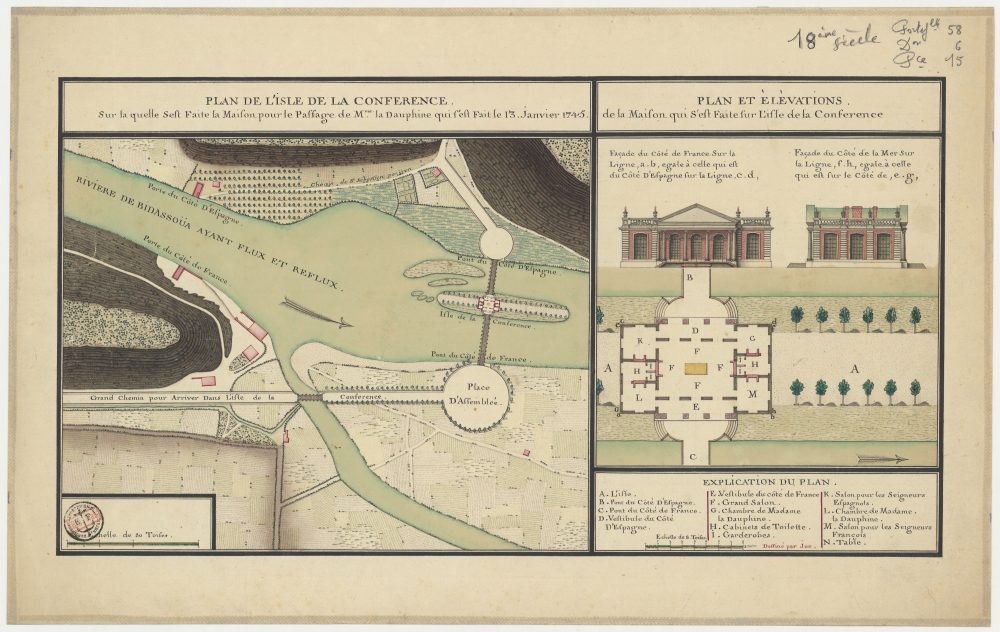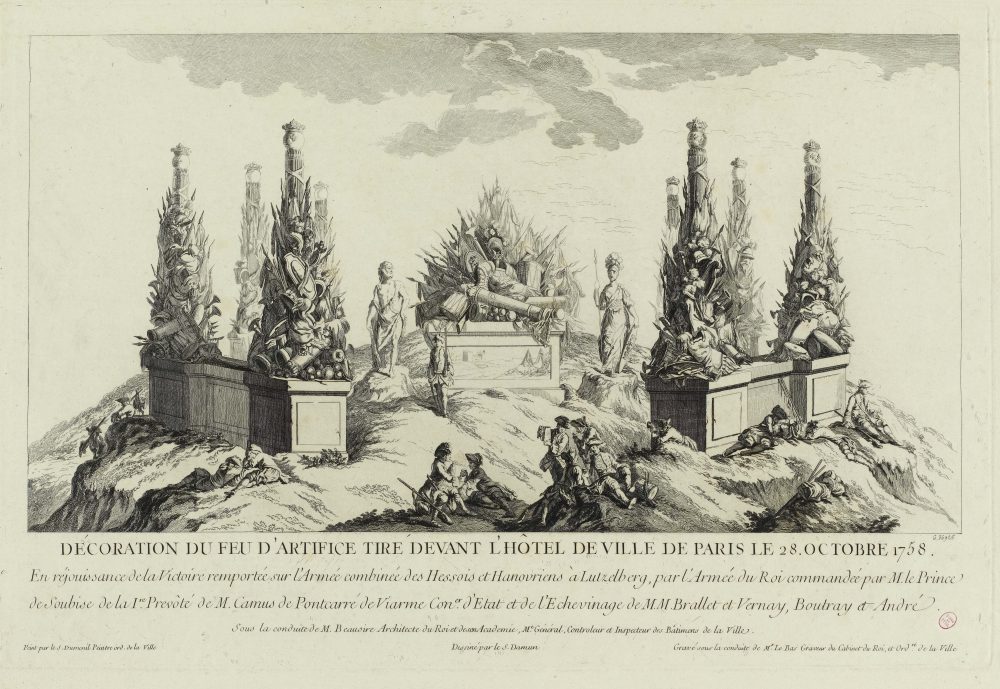Matthew Gin

Matthew Gin
Matthew Gin is Assistant Professor of Architectural History at the University of North Carolina at Charlotte. With a focus on early modern Europe and the Atlantic World, Gin’s scholarship moves architecture away from a paradigm of permanence by examining forms of spatial production that have largely vanished and are known only through fragmentary material traces. His current book project, Paper Monuments: Making Ephemeral Festival Architecture in Enlightenment France, is an expanded material and cultural history of temporary pageant decorations that uses contracts, drawings, and inventories to reconstruct ephemeral decorations and the enduring ways that they shaped knowledge production and power relations. His writing appears in the Journal of the Society of Architectural Historians, Journal 18, Renaissance Quarterly, The Court Historian, and the edited volume Material Cultures of the Global 18th Century: Art, Mobility and Change. His research has been supported by the Society of Architectural Historians, the American Philosophical Society, the John Carter Brown Library, and the Historians of Eighteenth-Century Art and Architecture.
Gin holds a PhD in Architectural History from Harvard University, an MED in Architectural History from Yale University, and a BA in Art History and BM in Baroque Flute from Oberlin College. Previously he worked at the Museum of Modern Art and the Frank Lloyd Wright Trust.
EXPLORE HIS RECENT WORK

Gin has published an article on ephemeral border architectures in the Journal of the Society of Architectural Historians. The article, “Staging Sovereignty: Ephemeral Architecture and the Entry of Maria Teresa Rafaela into France, 1745” is Gin’s most recent publication in his ongoing research on the ephemeral architecture built in France for royal festivals and diplomatic ceremonies. Gin’s study examines the remise of Maria Teresa Rafaela, a ritual held on the Franco-Spanish frontier in 1745 that marked when the Spanish princess left her homeland and became the bride of Prince Louis-Ferdinand of France, the son of King Louis XV.

Gin was among the throngs who crowded onto the banks of the Seine River to watch the opening of the 2024 Olympics. Written from the perspective of a participant-observer-historian, his Journal18 article “Liberté, Égalité, Festivité: The Opening Ceremony of the 2024 Paris Olympics,” links past with present by contextualizing the event within a longer history of public pageantry.

The edited volume, Material Cultures of the Global Eighteenth Century: Art, Mobility, and Change will include a chapter by Matthew Gin. Based on previously unknown archival material, Gin reconstructs the technical and administrative systems that facilitated the reuse of temporary festival decorations in eighteenth-century Paris. With a particular focus on the processes implemented for handling timber, the essay enriches the current discourse on sustainability by offering a pre-history of modern recycling practices.